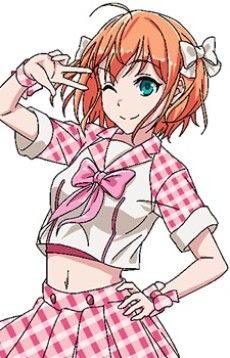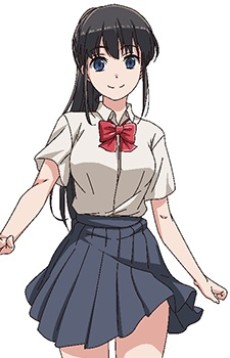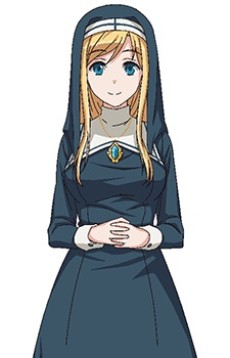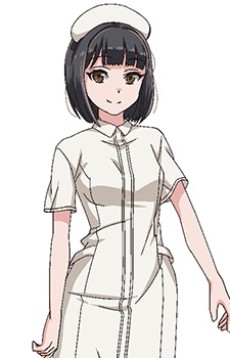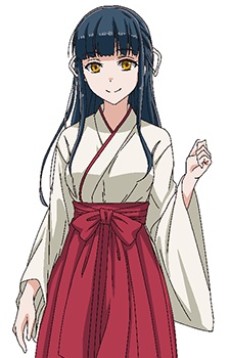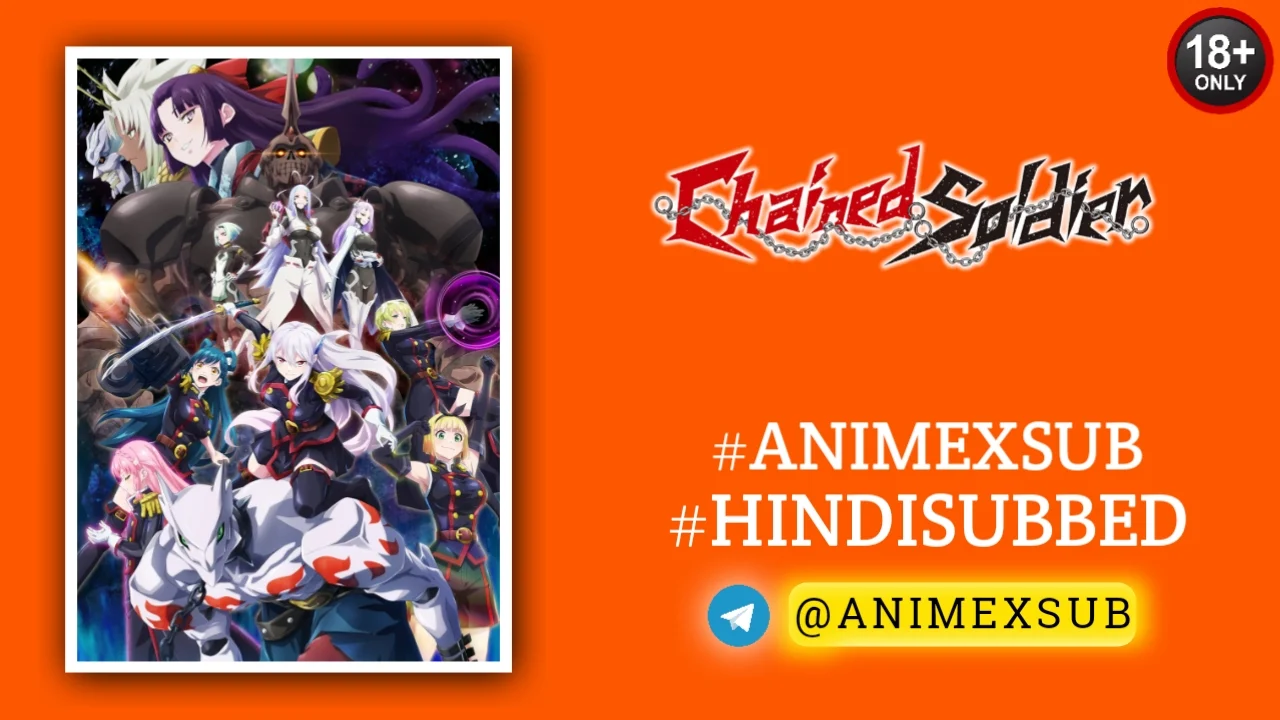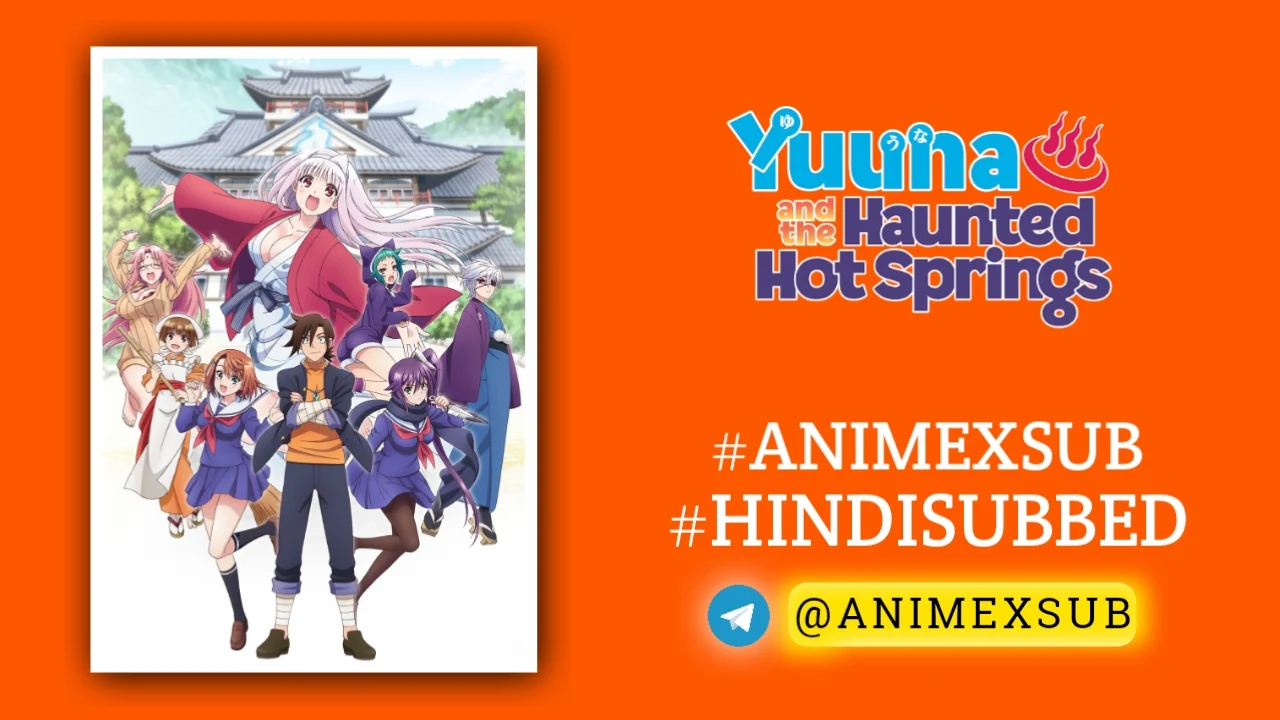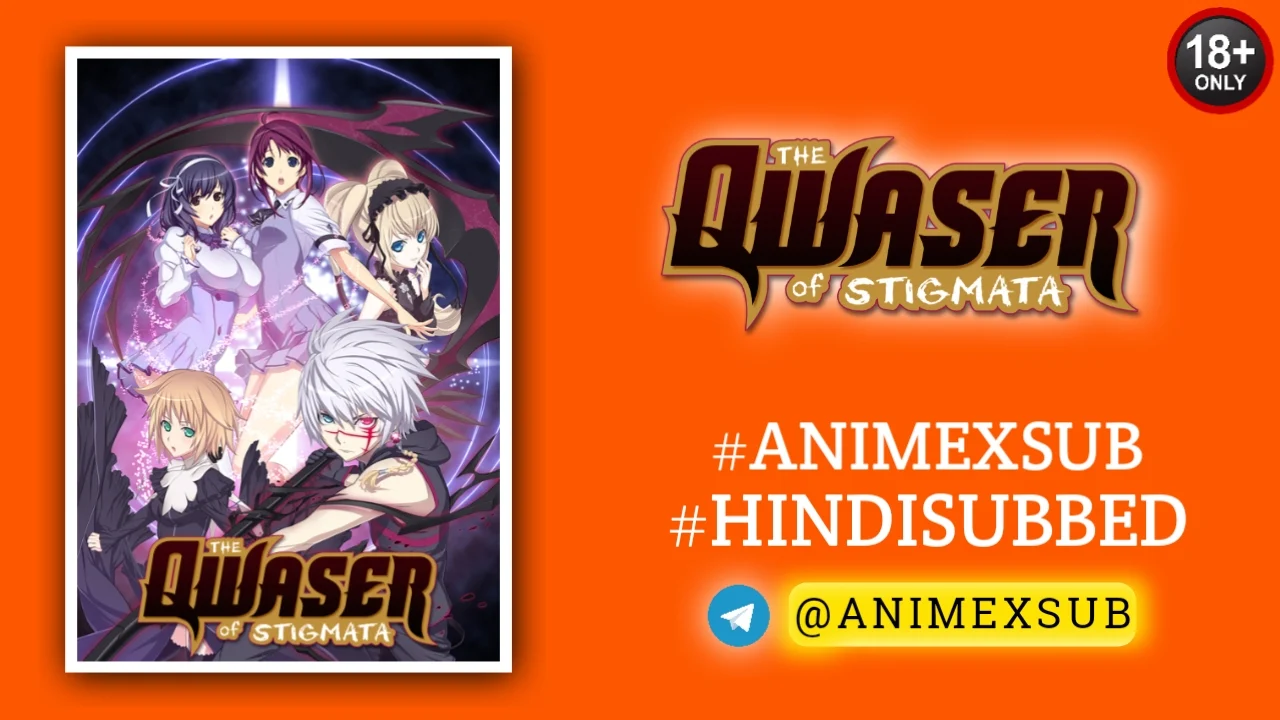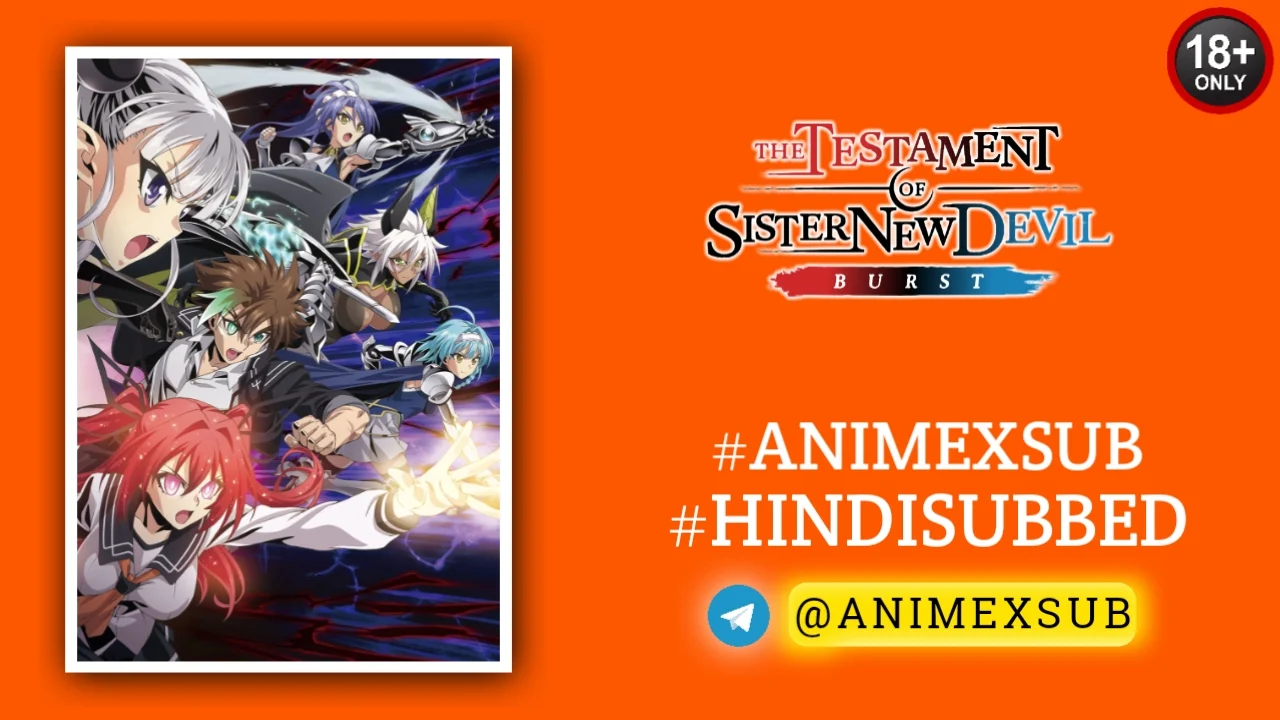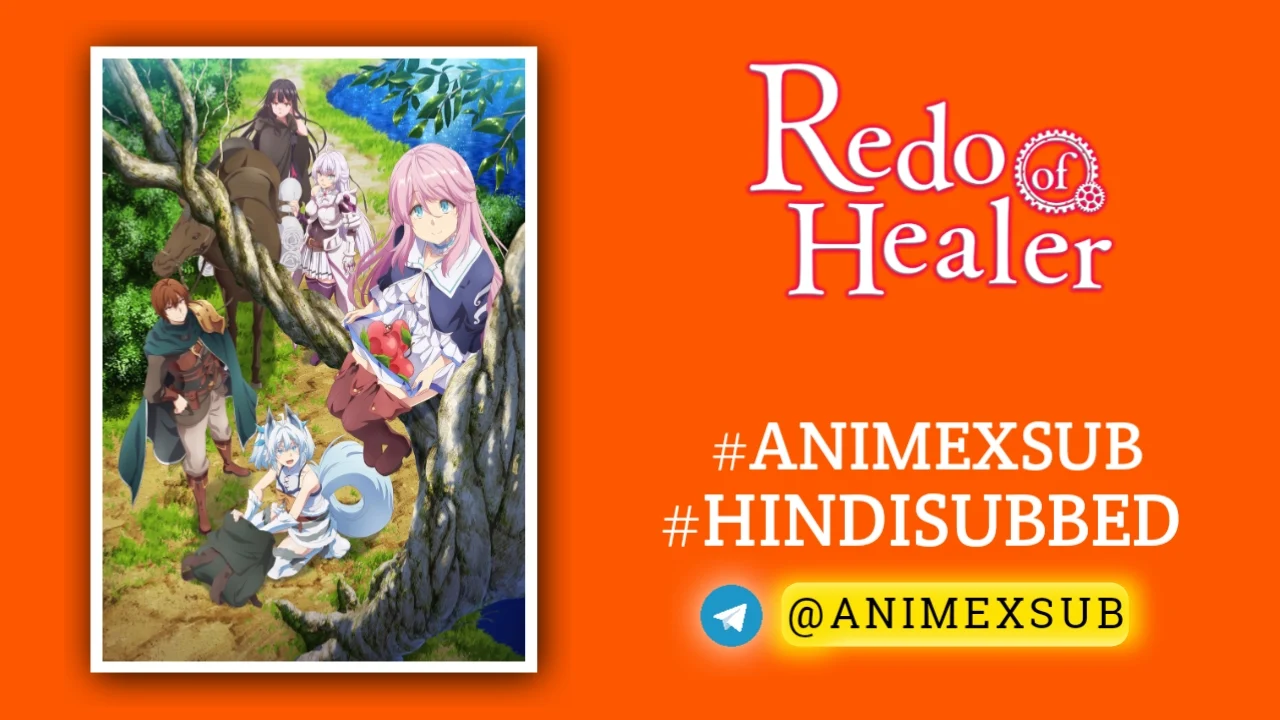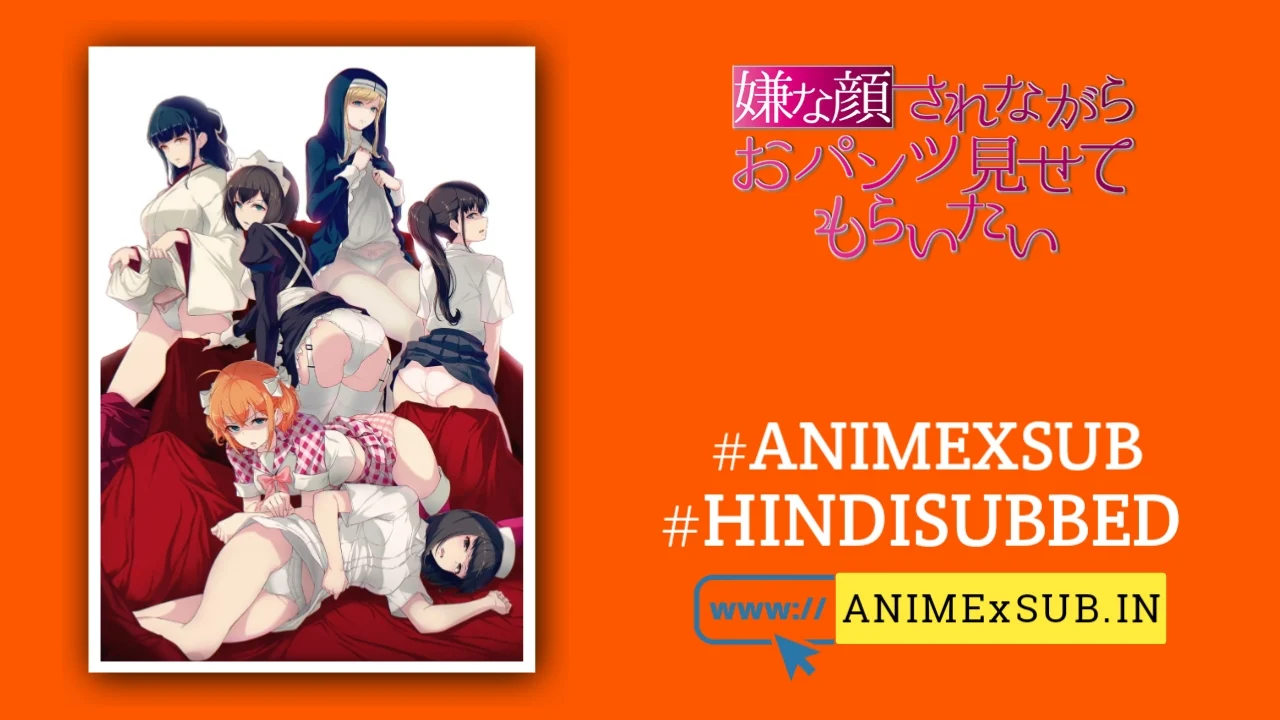
I Want You To Show Me Your Panties With a Disgusted Face Hindi Subbed [6/6] {18+}
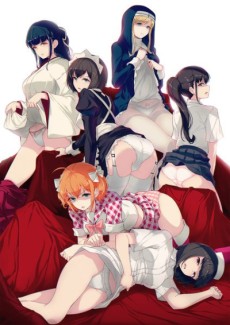
Iya na Kao sare nagara Opantsu Misete Moraitai
Show Me Your Panties While You Give Me That Disgusted Look!Synopsis
A project featuring women in various outfits showing disgusted faces and their underwear.
Watch Trailer
Characters
I Want You to Show Me Your Panties with a Disgusted Face (Season 1): A Provocative Dive into Fetish, Simplicity, and Cultural Critique
The anime Iya na Kao sare nagara Opantsu Misete Moraitai (translated as I Want You to Show Me Your Panties with a Disgusted Face), Season 1, is a six-episode OVA series released in 2018 that defies conventional storytelling while embracing a niche fetish with unapologetic focus. Created by Shimahara and based on a doujinshi by 40hara, this short-form anime—each episode clocking in at roughly four minutes—challenges viewers to grapple with its raw simplicity, cultural implications, and polarizing execution. This article explores the series’ unique approach, its artistic and thematic elements, and its place within anime culture, drawing from critical perspectives without endorsing or promoting the content.
A Premise Stripped to Its Core
At its heart, I Want You to Show Me Your Panties with a Disgusted Face is exactly what its title suggests. The series presents a first-person perspective where an unseen, voiceless male protagonist requests various women—each in archetypal roles like maid, nun, idol, nurse, miko (shrine maiden), and schoolgirl—to reveal their underwear while displaying expressions of disdain or disgust. Each episode follows a predictable structure: the woman starts cheerful, the request is made, her demeanor shifts to contempt, and she reluctantly complies. There’s no overarching plot, no character development, and no resolution beyond the act itself.
This stark simplicity is both the series’ strength and its most divisive trait. By stripping away narrative complexity, the show forces viewers to confront its core conceit head-on. It’s a bold experiment in minimalism, where the absence of traditional storytelling elements—plot arcs, character depth, or moral resolution—becomes a statement in itself. The series doesn’t pretend to be anything other than what it is: a fetish-driven exploration of a specific fantasy, delivered with clinical precision.
Artistic Execution: Minimalism Meets Fetish
The animation, handled by UWAN Pictures, is functional rather than flashy. The visual style prioritizes the female characters’ expressions and attire, with detailed attention to their disgusted faces and the variety of underwear designs—ranging from laced to checkered, plain to colorful. The art direction enhances the fetishistic appeal through subtle details like garter belts, stockings, or pantyhose, which are rendered with care to heighten the visual allure for its target audience. Backgrounds are sparse, keeping the focus on the characters and their interactions with the viewer.
The voice acting is a standout, with talents like Aoi Koga (Misuzu Tanahashi), Shizuka Ishigami (Chitose Ito), and Chinatsu Akasaki (Iori Izumo) delivering performances that capture the shift from friendliness to scorn with conviction. The dialogue, though minimal, is sharp, with the women’s harsh remarks amplifying the emotional weight of their disdain. Sound design is understated, lacking memorable music or ambiance, which reinforces the series’ raw, unpolished feel.
The point-of-view (POV) perspective is a critical element, immersing the viewer as the protagonist. This choice creates a sense of complicity, making the audience feel like the one making the request. It’s a double-edged sword: for some, it enhances the fantasy; for others, it’s uncomfortably confrontational, forcing reflection on the ethics of the scenario.
Thematic Layers: Fetish as Social Commentary?
While the series appears shallow at first glance, some reviewers argue it carries subtle commentary on desire, power dynamics, and societal norms. The premise taps into a masochistic fetish, where the pleasure derives not just from seeing underwear but from the disapproval of the women involved. This dynamic raises questions about consent, objectification, and the voyeuristic gaze in media. The women’s initial friendliness juxtaposed with their eventual disgust mirrors real-world tensions around unwanted advances, making the series a potential critique of male entitlement—though it never explicitly moralizes.
One review on MyAnimeList suggests the show deconstructs anime tropes by reducing them to their barest essence, exposing the absurdity of fanservice culture. By focusing solely on the “panty shot” trope, often a throwaway moment in other anime, the series amplifies it to an extreme, arguably satirizing its prevalence in the medium. Another interpretation, from a user named SenpaiKeith, posits that the show’s ambiguity invites viewers to project their own meaning, creating a “living work” that evolves with each person’s perspective. This view compares the series to enduring texts like the U.S. Constitution, suggesting its open-endedness ensures longevity through varied interpretations.
However, not all see depth in the series. Critics argue it’s merely exploitative, catering to a niche audience without offering substance beyond its fetishistic appeal. One MyAnimeList reviewer, circuiton, calls it “one of the worst” for its lack of plot and respect, suggesting it alienates viewers who don’t share the specific fetish. The absence of character development or narrative progression makes it difficult for some to find value, leaving them questioning its existence.
Cultural Context and Reception
The series exists within the broader landscape of anime’s ecchi and fetish subgenres, which often push boundaries to cater to specific audiences. Its roots in 40hara’s doujinshi reflect Japan’s doujin culture, where independent creators explore niche themes free from mainstream constraints. The show’s release on Nico Nico Douga and its Blu-ray sale at Comiket 94 (August 10, 2018) align it with otaku-driven markets, where such content finds a dedicated, if small, fanbase.
Reception is polarized. On IMDb, it holds a 4.9/10 rating, with reviews ranging from ironic praise (“life-changing”) to bemused self-reflection (“What am I doing with my life?”). MyAnimeList reviews score it variably, with some giving it high marks for delivering exactly what it promises, while others criticize its lack of depth. Episode Ninja ranks Episode 1 (featuring Chitose Ito) as the highest-rated at 6.39/10, suggesting fans found certain characters more compelling.
The series’ cultural impact is niche but notable. It spawned a second season in 2019 and a forthcoming Show Me Your Panties While You Give Me That Disgusted Look! R (Returns) set for 2025, alongside a 10th-anniversary illustration exhibition in Akihabara (August 22–31, 2025). This longevity indicates a cult following, despite its controversial premise.
Why It Stands Out
What makes I Want You to Show Me Your Panties with a Disgusted Face unique is its unapologetic commitment to a singular idea. Unlike most anime, which balance fanservice with broader narratives, this series distills its focus to a single, provocative concept. Its brevity—24 minutes total—ensures it doesn’t overstay its welcome, and its POV style creates an immersive, if unsettling, experience. The show’s refusal to justify itself or add extraneous elements challenges viewers to confront their own reactions, whether amusement, discomfort, or curiosity.
For some, it’s a guilty pleasure or a humorous dive into anime’s weirder corners. For others, it’s a mirror reflecting the excesses of fanservice culture or a meditation on desire and rejection. Regardless, it’s a series that demands active engagement, whether you love it, hate it, or simply marvel at its audacity.
Final Thoughts
I Want You to Show Me Your Panties with a Disgusted Face Season 1 is not for everyone. Its niche appeal, lack of conventional storytelling, and provocative premise make it a lightning rod for debate. Yet, its minimalist execution, cultural commentary, and bold embrace of its fetishistic roots make it a fascinating artifact in anime history. It’s a series that doesn’t ask for approval—it simply exists, daring viewers to make sense of it. Whether you see it as art, exploitation, or something in between, it’s undeniably a next-level experiment in pushing boundaries.
Support Our Anime Community!
Love watching the latest anime? Help us keep uploading new episodes by join telegram channel ❤️
Join Now!
